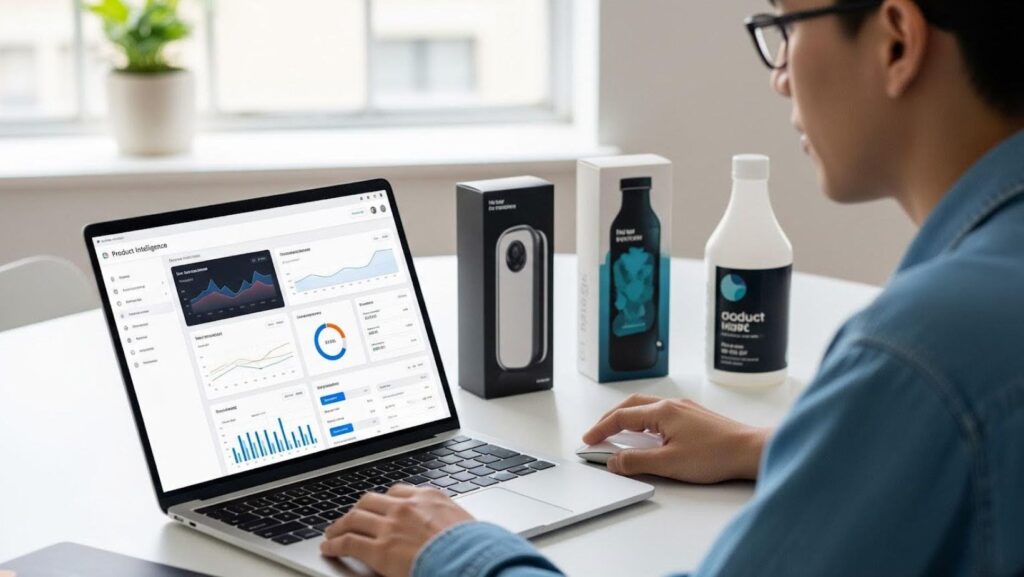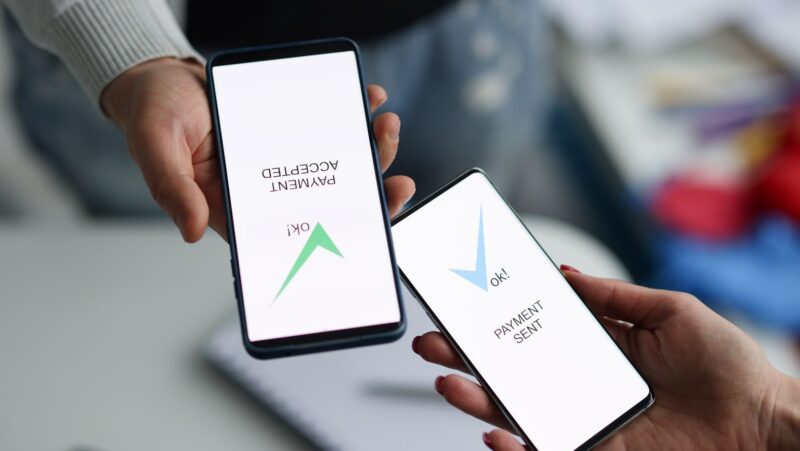
For decades, predicting consumer behavior was a dark art. It relied on hunches, outdated surveys, and rearview-mirror analysis of last quarter’s sales data. Businesses were always reacting, never truly anticipating. This paradigm is now obsolete. A technological shift has moved us from educated guessing to scientific forecasting. The key lies not in finding a psychic, but in harnessing the vast, real-time data streams consumers generate with every click, search, and purchase. This is the domain of product intelligence.
From Data Lakes to Strategic Foresight
Raw data is inert, a chaotic digital noise. A product intelligence platform acts as a refinery, transforming this noise into a clear signal. It ingests information from countless sources, website analytics, competitor movements, social media sentiment, and broader market trends. Sophisticated algorithms then detect subtle patterns and correlations invisible to the human eye. For instance, a tool like the Vypr Predict platform doesn’t just report what customers bought; it models what they will want next by analyzing these interconnected behavioral signals, turning a passive database into an active strategic asset.
Mapping the Customer’s Unspoken Journey
Consumers rarely announce their intentions. Their journey is a silent path of digital breadcrumbs. They might read three reviews on a blog, compare prices across two retailers, and then watch an unboxing video before finally purchasing. A product intelligence system reconstructs this entire pathway. It connects these disparate touchpoints into a coherent narrative, revealing the true motivations and hesitations driving a purchase decision. This moves marketing beyond simple demographics and into the realm of understanding intent and context.
Anticipating the Next Market Shift
Trends don’t emerge from a vacuum. They begin as faint tremors before becoming seismic shifts in the market. A robust intelligence system acts as an early-warning radar. It can detect a sudden spike in search queries for a specific material or a burgeoning discussion about a new feature in niche online communities. This gives companies a crucial head start. Instead of scrambling to catch up six months later, they can begin product development or marketing alignment while the trend is still in its infancy, securing a powerful first-mover advantage.
The Death of the Failed Product Launch
Historically, bringing a new product to market was a high-stakes gamble. Massive investments were made based on intuition. Product intelligence fundamentally de-risks this process. It allows for the validation of concepts and features before a single prototype is built. By analyzing how the market responds to similar products or adjacent technologies, companies can forecast demand with remarkable accuracy. This prevents the colossal waste of resources on products the market simply doesn’t want, redirecting effort toward innovations with a statistically verified chance of success.
Personalization at an Industrial Scale
The era of mass-market, one-size-fits-all messaging is over. Modern consumers expect relevance. Manually crafting individual experiences is impossible for a large customer base. An intelligence platform automates this at scale.

By modeling the preferences and predicted behaviors of customer segments, or even individual users, it can dynamically tailor website content, promotional offers, and product recommendations. This creates a feeling of individual service for the consumer while operating with the efficiency of an automated system.
Optimizing the Entire Supply Chain
Predictive insight shouldn’t stop at the marketing department. Its most powerful applications can revolutionize operations. Accurate demand forecasting allows for unprecedented supply chain precision. A company can know not just what will sell, but where and when it will sell. This enables optimized inventory management, reducing costly overstock and eliminating lost sales from under-stocking. It informs smarter manufacturing schedules and more efficient logistics planning, squeezing waste out of the entire operational model.
From Reactive to Proactive Strategy
The ultimate value of this technology is a fundamental shift in business posture. Companies trapped in a reactive cycle are always playing catch-up, responding to competitors and market changes after they happen. With a clear, data-backed view of future consumer behavior, a business can transition to a proactive stance. It can shape the market, define new categories, and meet customer needs they haven’t even articulated yet. This isn’t just about selling more products; it’s about building the resilient, forward-looking enterprise that will define commercial success in this decade.












